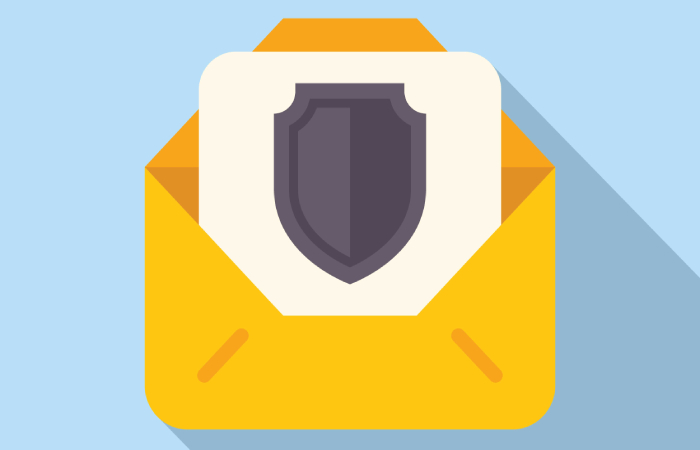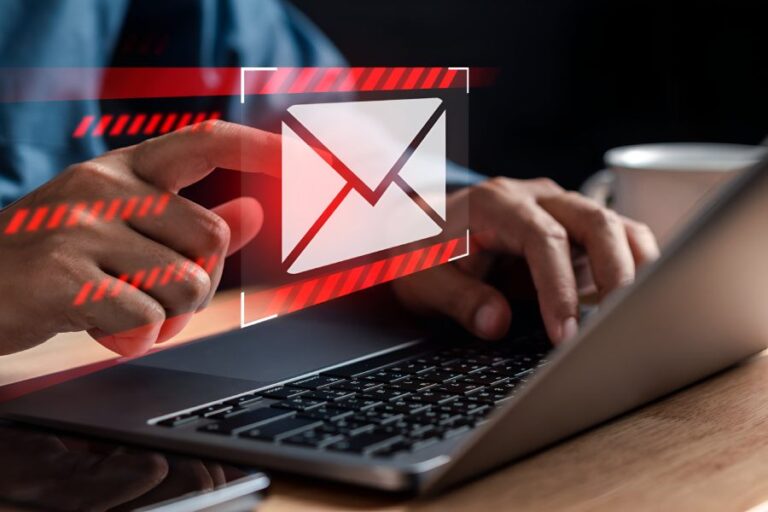A Guide to Leveraging DMARC to Mitigate Email-Based Attacks
Let’s face it: the fear of falling prey to cyberattacks through deceptive emails is emerging at a higher rate than ever. As businesses become more reliant on emails for communications and daily operations, the threat of attackers creeping in through this channel also increases, thereby bringing to light the need for robust protective measures.
Amidst the havoc wreaked by these attacks, Domain-based Message Authentication, Reporting, and Conformance (DMARC) stands as a powerful cybersecurity tool that offers a robust set of protocols that help authenticate a sender’s identity and ensure that the email is from a trusted source. Lately, DMARC has emerged as an axiom of comprehensive defense strategy for most organizations. In fact, according to a recent report by CSC, the adoption of DMARC witnessed a 6% growth in 2023, marking a 28% increase since 2020.
In this guide, we’ll delve into how you can leverage DMARC to significantly enhance your defense against the myriad of cyber threats that jeopardize the integrity of digital communication.

How DMARC Combats Various Email-Based Attacks?
As one of the most robust and reliable email authentication protocols, DMARC gives domain owners the ability to protect their domain from being misused for nefarious activities. This authentication protocol works in tandem with SPF and DKIM and instructs mail providers on how to handle unauthenticated emails— whether to reject, quarantine, or let them in normally.
Here’s how DMARC can help protect against various cybersecurity attacks and help you maintain a sound cybersecurity posture:
BEC Attacks
Business Email Compromise (BEC) attacks are among the most sophisticated and rapidly evolving attacks in the realm of cybersecurity. In these types of attacks, threat actors deceive employees into divulging sensitive information or transferring funds by masquerading as a trusted partner or company executive.
However, with the robust authentication process of DMARC, it becomes difficult for attackers to execute their malicious intentions. By validating the authenticity of the sending domain, DMARC effectively reduces the likelihood of successful email spoofing, thus providing a formidable barrier against BEC attacks.
Malware Distribution
Malware distribution through email affects more organizations than one can understand and catch. Most security teams struggle with the challenge of identifying and neutralizing these attacks as threat actors devise new sophisticated techniques to slip malware into seemingly harmless emails.
To combat this, it is recommended that you authenticate your domain with DMARC, as it helps block emails from spoofed sources, which is a common method for distributing malware. Since DMARC operates in conjunction with SPF and DKIM, if an email fails to meet the standards set by these authentication protocols, it will consequently fail DMARC’s verification process, and will be kept out of your inbox.

Phishing Attacks
Phishing attacks typically involve fraudulent emails sent by impersonating trustworthy entities to gain access to sensitive information, such as usernames, passwords, and financial details. To mitigate the risk of phishing and the menace caused by these attacks, DMARC acts as a critical line of defense.
This authentication protocol helps combat such deceptive practices by authenticating the IP addresses and mail servers that are authorized to send emails to ensure their legitimacy and allowing you to specify how unauthenticated emails should be handled.
What are the Best Practices that You Should Follow?
While DMARC is a robust authentication protocol that helps you prevent most email-based attacks, it is not the ultimate tool and should be considered a significant part of a broader, multi-faceted cybersecurity strategy.
Here are a few DMARC best practices that you should follow to ensure a comprehensive defense against sophisticated email threats:
- Utilize a layered approach by incorporating SPF and DKIM, along with DMARC, into your cybersecurity efforts to strengthen your email security posture.
- Ensure that your DMARC report is sent to multiple recipients, as it helps create a strong monitoring network, gain visibility into authentication failures, and identify potential security threats.
- Leverage DMARC reports to gain insights into adversaries looming in your email ecosystem and create a robust incident response and threat mitigation strategy.
- Be sure to enforce DMARC policies to reduce the likelihood of cyber attackers misusing your organization’s domain to craft malicious emails. Setting your DMARC record to ‘reject’ offers the best protection against email-based cyberattacks; however, if the nature of your business and operations doesn’t allow that or the number of false positives is higher for your domain, then use the ‘quarantine’ policy.

When it comes to effectively combating the risk of email-based cyberattacks, it takes more than simply implementing DMARC authentication protocols. To increase the effectiveness of the authentication protocol and improve email security, it is crucial to leverage the reporting aspect of DMARC. These reports offer actionable insights, enhancing overall email security posture and building a foundation of trust in digital communications.
Want full control over your company’s domains? Trust us to scrutinize every email that claims to come from your domain and send you real-time reports on the ones that fail authentication. Get in touch with us to know more.







